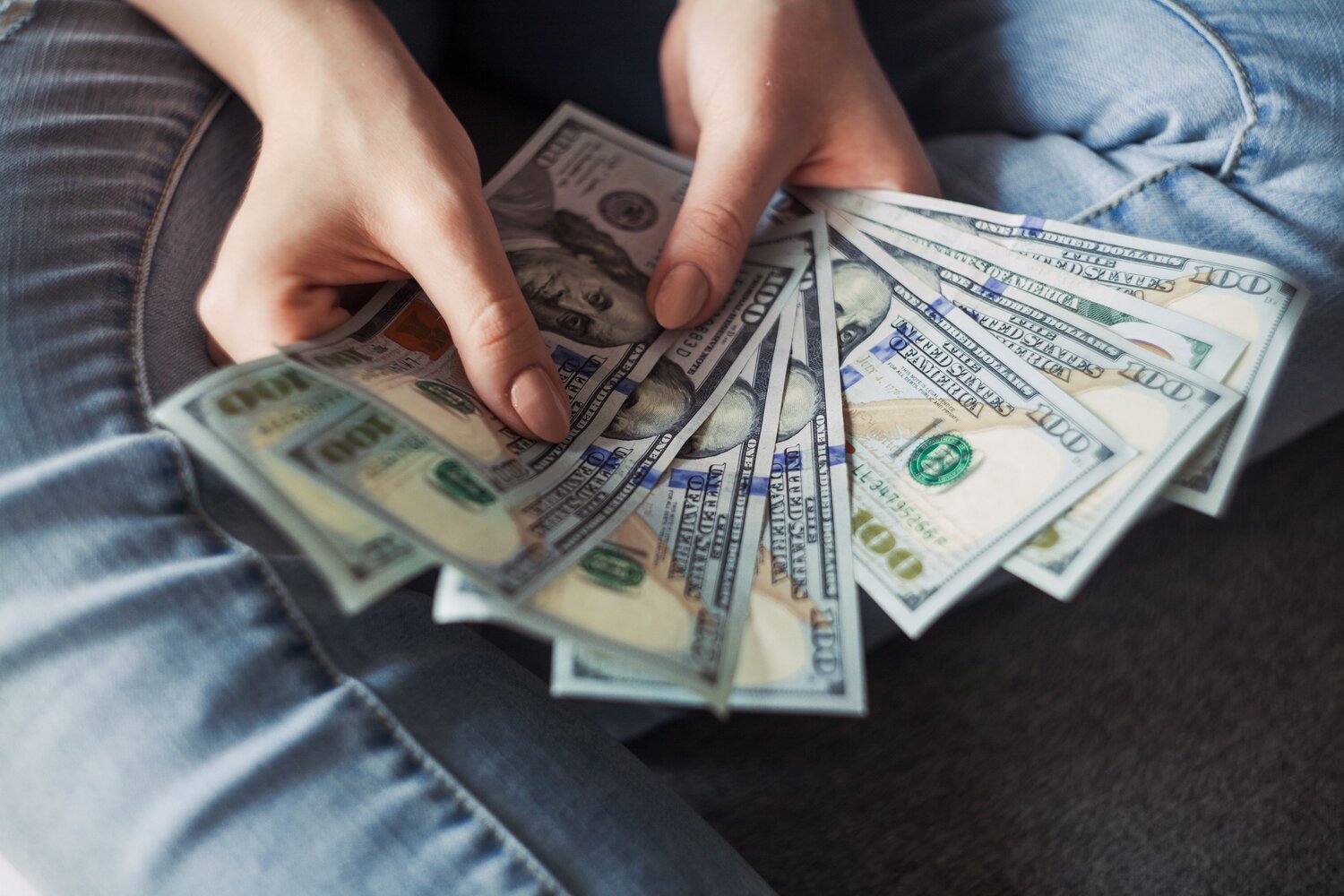5 STAGES OF BOTS LIFE
Look around you. Everything changes. Everything on this Earth is in a continuous state of evolving, refining, improving, adapting and changing. You were not put on this Earth to remain stagnant. As a child you explored, learned and questioned. As you become a teenager , you tried to find your way in the world and made mistakes. Once you learn from your mistakes you become a confident adult grabbing life by its horns. Finally you will perish, leaving your wisdom and memories for the next generation to make good use of.
Bots' life cycles are very similar to that of humans. It too involves a continuous state of evolving, refining, improving, adapting and changing.
5 stages of a bot's life.
1- Training. (Child)
Initially the bot is given ingredients to use such as what markets to trade, which time frames to trade and what indicators to use. It is given historical data and methods on how to analyse trade signals. For example, find the highest net profit strategies in the historical data it is given. Once the trader is satisfied with the training data, he promotes the bot to the next stage - Paper trading.
2 - Paper trading. (Teenager)
At this stage the bot is run on live real-time data without risking real money (Dummy account). This stage is a very important stage as the historical data simulation that was performed in the first stage has many limitations. Only in real-time market data can you see how live market spreads, latency, and slippage affects the bot. Furthermore you might find out that the bot you created is trading too aggressively or too lacklustre for your trading style. Many traders skip this important stage and have to pay the price with lost money once the bot they trained doesn't perform as expected. Paper trading must take as long as it’s needed to gather enough evidence that the bot is performing as expected.
3 - Graduation. (Young Adult)
At this stage the bot is promoted to trade with real money. Initially only a small portion of your capital should be allocated to a new bot. Traders must monitor the bot’s performance closely, including attributed risk, returns and costs.
4 - Capital Re-allocation (Experienced Adult)
The initial capital given to a new bot is small. As time passes and the bot performs as expected the risk allocation is increased. Trader must assess the capital allocation frequently and systematically for all the bots.
5 - Decommission. (Death)
Eventually, all bots are discontinued. This happens when they perform below expectations for a sufficiently long period of time (for example, after a longer stagnation period in live trading than what is seen in the training data). Bots are decommissioned when the supporting theory no longer seems to be backed by empirical evidence.
In general it is preferable to release new variations of bot and then run them in parallel with old versions. If you want to make changes to a bot - create a new version of it. Each bot version will go through the above lifecycle and older bots will receive smaller capital allocations. Your best-performing bots must always have the most money. Think about your bots as your personal traders with you being the fund manager managing them. The better they perform the more money you give them.
Many traders believe that the secret to riches is to find that one magic bot that will do everything for them. They are setting themselves up for disappointment. A successful algo trading is the result of multiple factors:
Giving a proper life cycle for each bot as explained above.
Many bots running at the same time and each attributed a portion of your capital depending on their performance.
Good understanding of capital management, how to allocate capital to bots and when to increase/decrease their access to capital.
Think about algo trading as a business. Your goal is to run a bot research lab and have systematic processes in place.
More great blog posts:






